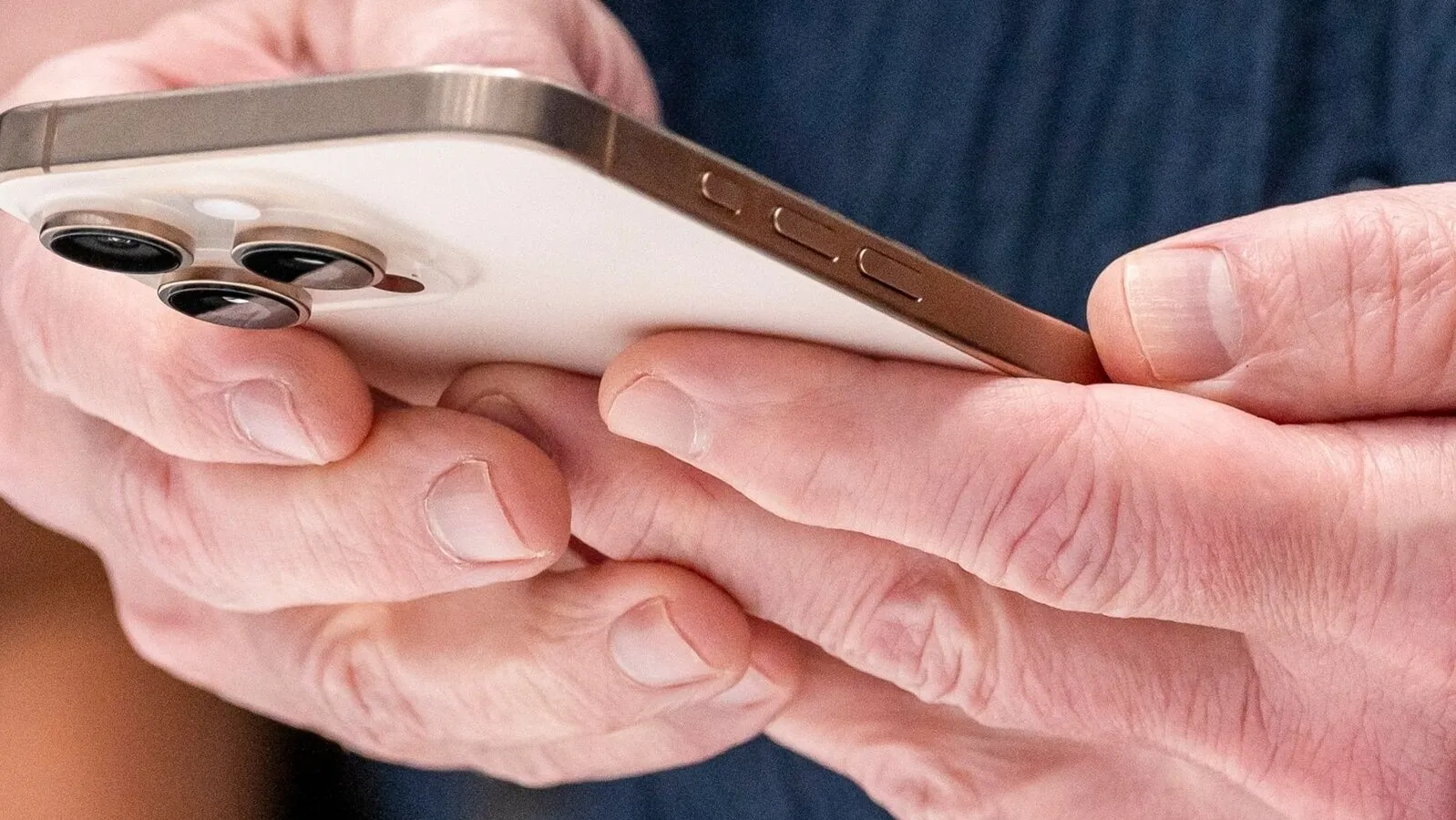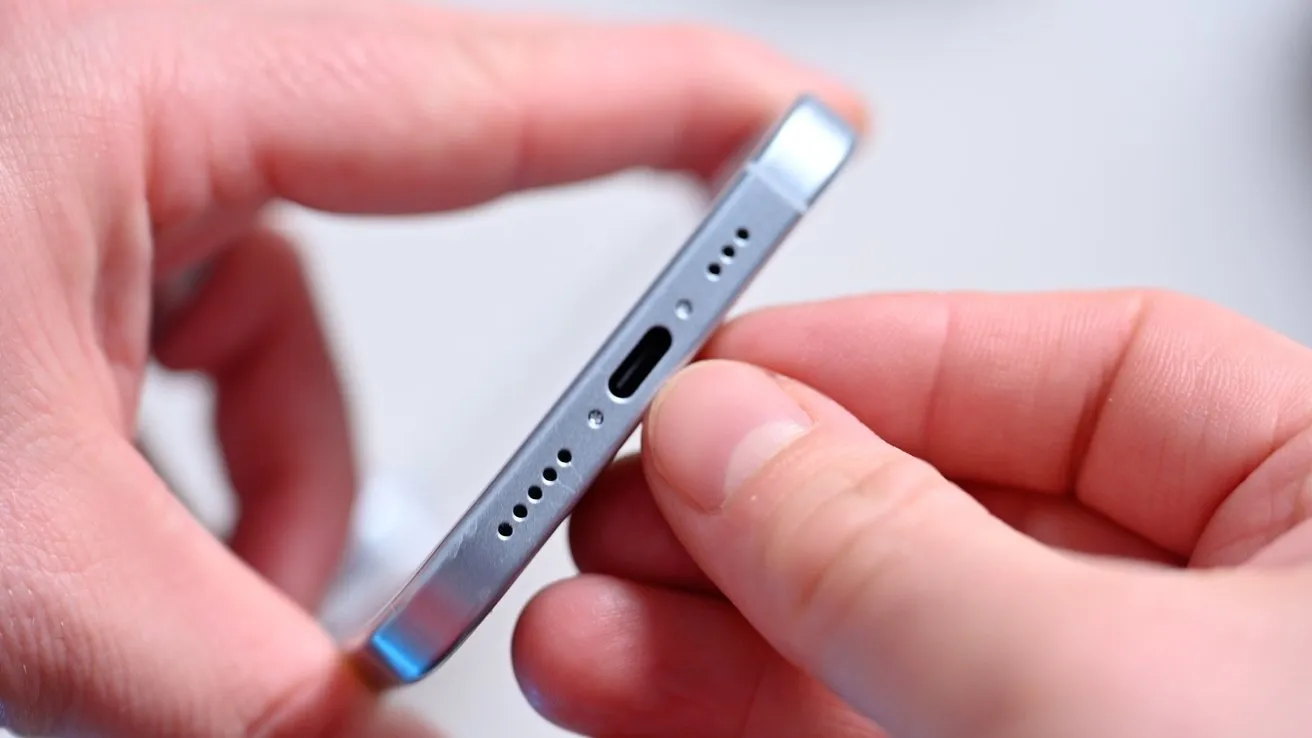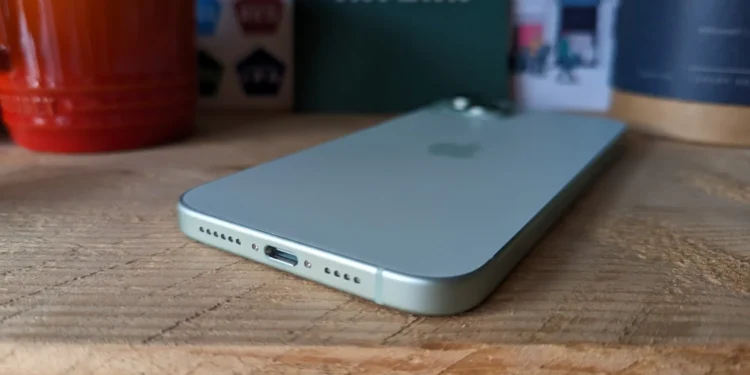In a surprising revelation at the 38th Chaos Communication Congress last December, security researcher Thomas Roth showcased a new vulnerability in the USB-C controller of Apple’s iPhone 15—a development that could pave the way for future iPhone jailbreaks and pose significant security threats.

Implications of Roth’s Findings
At the heart of this security issue is the ACE3 USB-C controller, a component integral to the iPhone 15’s ability to manage its USB-C port functions, including charging and data transfer. Roth’s demonstration involved a meticulous process where he reverse-engineered the controller, unveiling its firmware and communication protocols. This not only exposed the potential for reprogramming the controller but also highlighted the feasibility of injecting malicious code and bypassing critical security measures.
A Narrow but Potent Threat
The necessity for physical access initially means that the vast majority of iPhone users are safe from this type of attack. However, the implications are far from negligible, especially for individuals who may be considered valuable targets by nation-states or other powerful adversaries. For them, this vulnerability could pose a real and present danger.

A New Avenue for Jailbreak Enthusiasts
On a different note, the security community is buzzing with the potential implications of Roth’s discovery for the jailbreaking scene. As Cyber Security News points out, this hardware-based vulnerability could lead to more sustainable jailbreaks that persist beyond Apple’s software patches. The manipulation of the controller could allow for untethered jailbreaks with firmware implants that remain active regardless of software updates—a significant departure from previous jailbreaking methods that were often quickly neutralized by Apple’s updates.

Apple’s Response and Future Prospects
As of now, Apple has not publicly commented on the discovery or outlined any potential countermeasures. The tech giant, known for its stringent privacy and security measures, is undoubtedly assessing the situation. The implications of such vulnerabilities are complex, potentially easing the process for jailbreak developers while simultaneously posing a significant security risk.

Thomas Roth’s demonstration highlights a critical security facet in the ongoing evolution of iPhone hardware. While it underscores the innovative lengths security researchers go to uncover potential vulnerabilities, it also serves as a reminder of the continuous cat-and-mouse game between technology developers and the security community. For now, iPhone 15 users can rest relatively easily, knowing that the risk is minimal—yet the potential for future exploits and the ongoing conversation about device security remain more relevant than ever.










